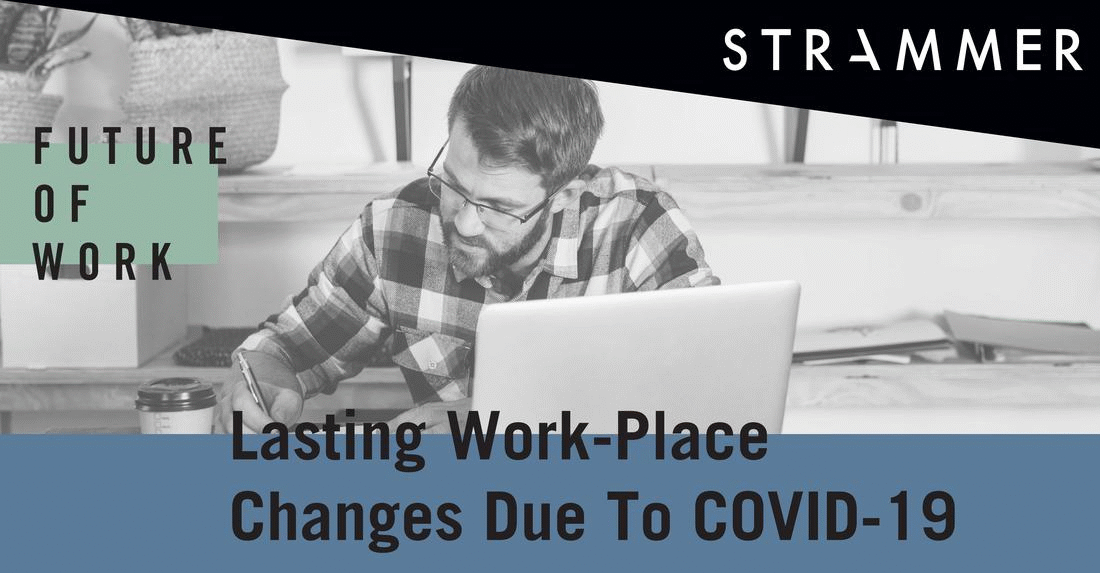COVID-19 May Usher In A New Work-Place Normal
For the past month, countries all over the world have imposed lockdowns due to Coronavirus. This has forced us to change our quotidian schedules, stretching from personal to professional lives. Most companies are therefore now practicing work at home regimes due to the strict governmental policies of social distancing. Although many are expecting a complete return to normal once the lock-down is over, the crisis is certain to create lasting workplace changes after COVID-19..
COVID-19 has exposed that it is a prerequisite to redefine the traditional working system. In spite of the presence of crisis management and recovery plans, Coronavirus has revealed gaps needed to be addressed and issues businesses can improve for the future. After this identification, people are focusing on new consulting and managerial positions in crisis or sanitary management and remote work administrators. This will inevitably increase the stringency of work-place policy and more vigilance. Business departments, especially the Human Resources need to redefine their objectives post-COVID-19 to ensure the workforce will cope with the changes successfully.
Additionally, proclivity of remote work will increase. The quarantine has proved that the workforce is handling working from home better than expected, with similar level of productivity. Companies have understood the benefits of this, and will make changes to conserve space and cost, for example by reducing office space and paper files, allowing certain employees to work at home or rotating employee groups. This could also mean that sick leaves will be taken in a different context, and employees may be able to choose to work from home and avoid arduous travel while sick. If these modifications are made, seniors need to discuss collaboratively with junior staff before drawing up a confirmed plan. The modifications should be tailored according to necessities and be subjected to a trial period. If successful results are observed, feedback should be taken from the employees before the final decision is made.
Many employees think that face-to-face meetings are imperative to having a successful business conference. However, work-related travel is likely to be more controlled as well and will be replaced by effectively coordinated remote conferences. Businesses should take the time to teach the workforce proper virtual meetings etiquette, and methods to do it effectively. Training should be conducted on improving verbal and non-verbal cues, manoeuvring through software and other virtual work necessities. Collaborative tools and an intranet system should be placed where the workforce can figure out system issues or get to know each other will be a great improvement in the virtual work culture.
A series of unforeseen challenges will be put before companies due to the lasting workplace changes after COVID-19.. However, one certainty is that the company changes after the Coronavirus pandemic must be observed with open-mindedness and solidarity. With the combined effort of the workforce, the introduction of long-lasting changes will be overcome efficiently and easily therefore ensuring smooth recovery.
References:
- Coronavirus May Create Lasting Workplace Change, 28 Feb, Financial Times.
- 5 Predictions About How Coronavirus Will Change The Future Of Work, Apr 6, 2020, Forbes.





